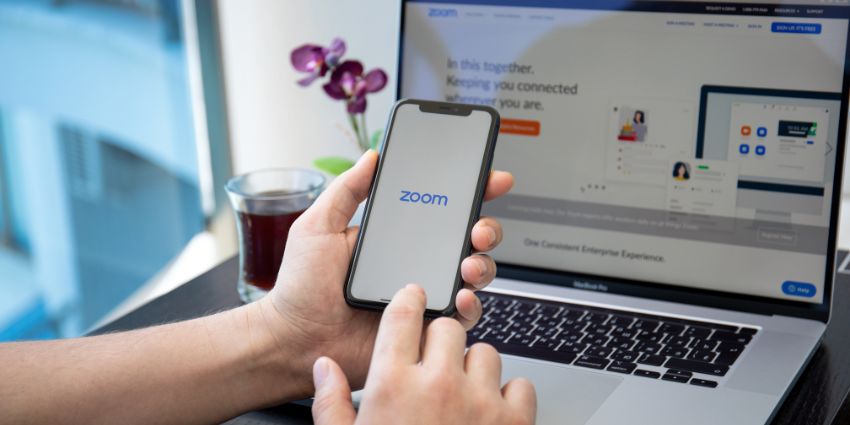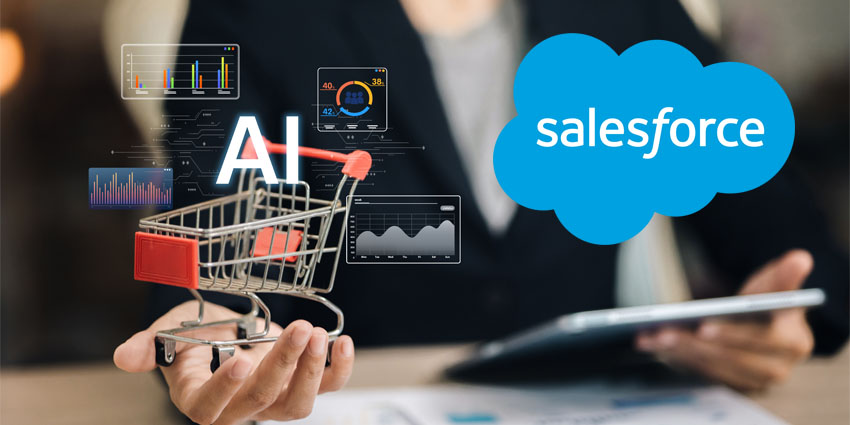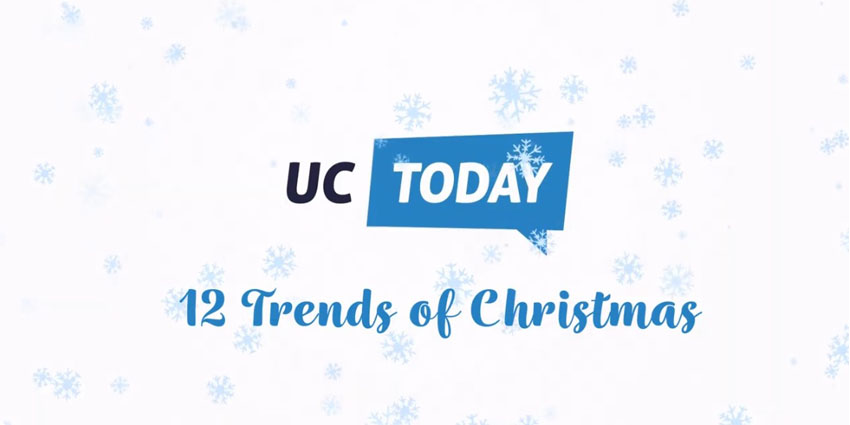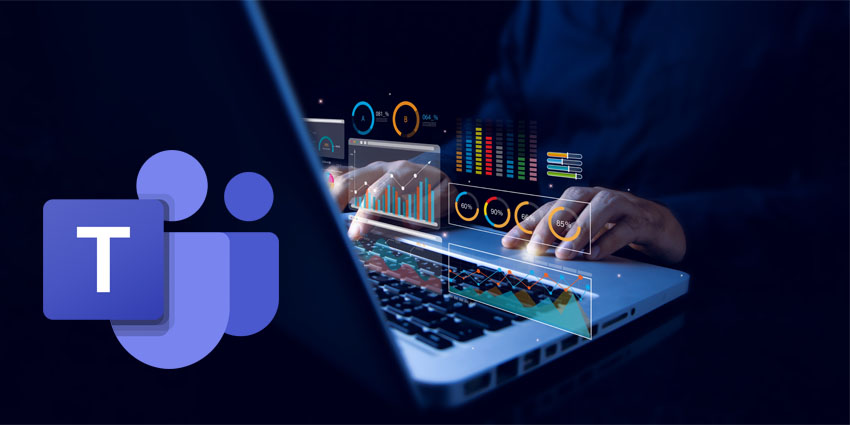You probably know of Teams as a chat and video calling app. That might have been the original idea behind it, but Microsoft Teams has evolved to become so much more. As the company’s flagship collaboration app becomes tightly ingrained into its larger productivity suite (both in personal and enterprise editions), Microsoft is eager to open up new use cases for it.
Specifically, the company demonstrates how Microsoft Teams can work in all-hands meetings.
Typically, an all-hands meeting would involve every employee working at a company – a number so big that you cannot gather them in a single meeting premise. This is even more true right now, given the pandemic and its requisite social distancing norms. Popular all-hands meeting models such as company retreats are simply not feasible at the moment, making solutions like Microsoft Teams extremely important.
To enable all-hands meetings, Microsoft Teams connects with other Microsoft capabilities to build a consolidated event production platform.
- First, you use Microsoft Teams for all event-related discussion. Create calendars, edit them, and craft a schedule that meets every employee’s requirements. Microsoft Teams works as a centralised hub where you can see your files, task lists, and talking points.
- Next, you execute the session through Microsoft Stream. Launched in 2017, Microsoft Stream lets you deliver live video to employees across devices (including automatic transcription, closed captioning, and broadcast clips).
- Finally, build engagement around the event on Yammer. You can use this app to get feedback on the event, send out post-event follow-up content, and help employees who couldn’t attend catch up on what they missed.
To take your all-hands meetings to the next level, Microsoft has partnered with several vendors who specialise in enterprise content delivery network (eCDN) solutions. This forms the backend system behind Microsoft Teams for all-hands meetings, facilitating advanced event analytics, quality enhancements, and real-time issue resolution.
Another benefit of third-party eCDN systems is the ability to optimise bandwidth for gateway traffic.
Microsoft gives you two options when it comes to content production: self-service and externally facilitated. We liked that Microsoft 365 now provides a selection of production capabilities depending on your event type and budget. Here is the full breakdown of all-hands meetings as driven by Microsoft:
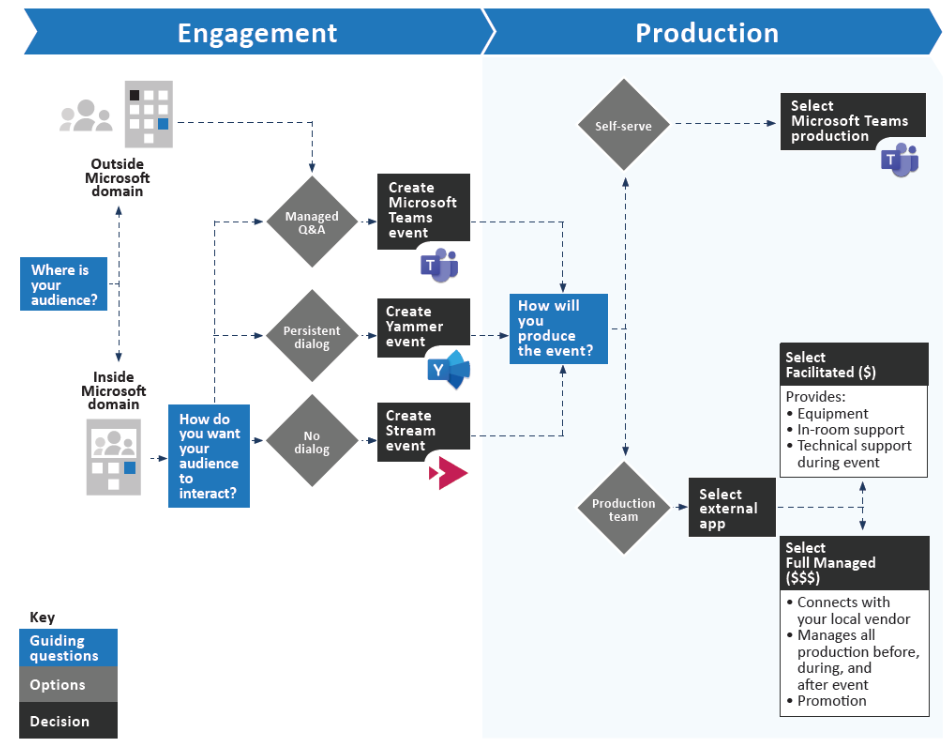
As you can see, Microsoft Teams makes it incredibly easy for administrators and content creators to deliver content sessions – but what about your employees? Microsoft has that covered as well. To ensure a seamless all-hands meeting experience for your entire workforce, Microsoft supports:
- One-click event invitations on Outlook, Teams, Yammer, etc.
- Event viewing directly on Yammer groups
- Two-way participation to share ideas, queries, and insights
- Access to live recordings through Microsoft Stream
- Content retrieval by timestamp for those who missed the event
Under the hood, Microsoft Teams packs quite a punch. Currently, the company recommends 10,000 concurrent viewing parties but the platform has been tested with much larger all-hands meetings as well. The system is used by Microsoft’s CEO, Satya Nadella, for all his all-hands events, so you know that you’re in good hands.


